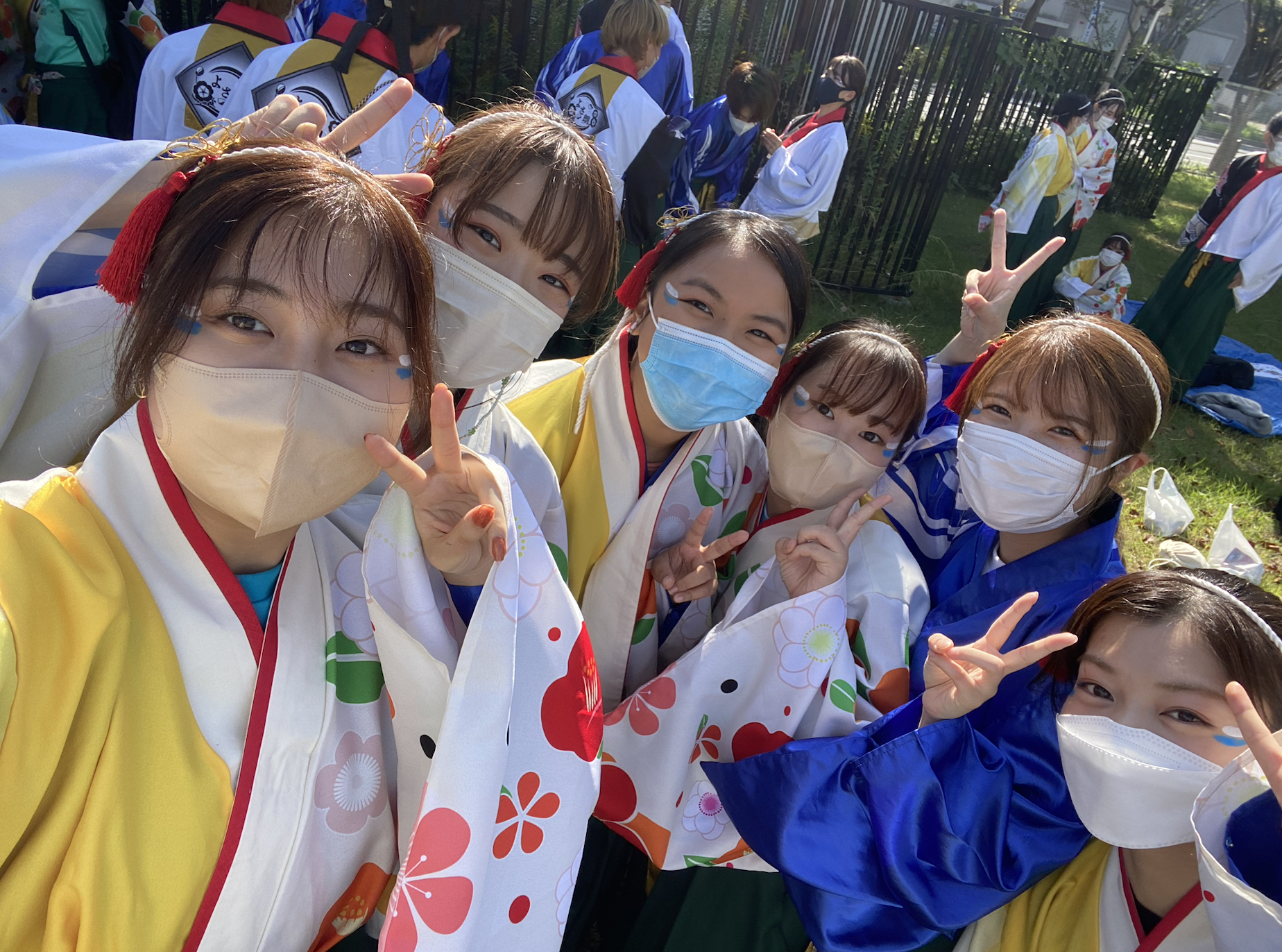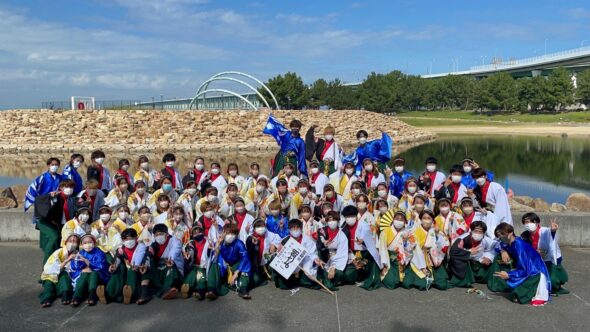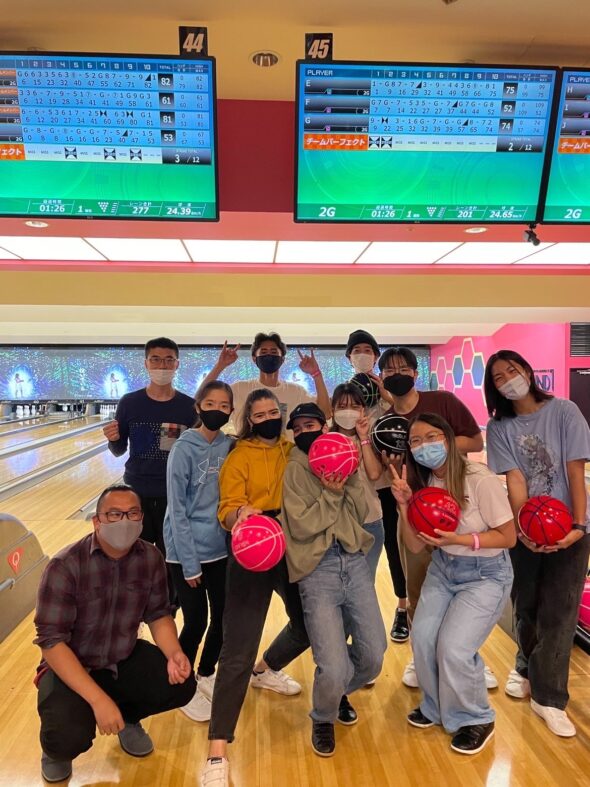For my CIP, I wanted to involve my Christian faith in some way. I included my activities of going to two different international Church (Kyoto International Church and Mustard Seed) and the student Bible study as part of my CIP activities. Church was held every Sunday: I normally go to KIC, but when it was not in person, I went to Mustard Seed. KIC was located near Kyoto University and Mustard Seed at Teramachi. As for KGK, they had 3 meetings a week, around 4:00PM on Tuesday, Wednesday, and Thursday. I usually only went to the Thursday meeting.
At KIC, my pastor gave the sermon in Japanese, but there were subtitles that he made himself that would appear on the screen behind him so I had no difficulty understanding. Mustard Seed had a live-translator so the English and Japanese speaking was constant. Spiritually, they were both very fulfilling and if anyone is looking for a Church, I recommended these two. For my Japanese Studies, I appreciated the KIC sermon more, as I would start translating in my head before I read the subtitles. At both Churches, there were incredibly kind people, both Japanese and foreigners. Honestly, this gave me the opportunity to reach beyond my student community and had a chance to connect with some what felt like “real” people. It was a good experience with Japanese, but I felt that maybe I should’ve done more in the Church regard. I did go to some things, but as a younger person, I paradoxically did not want to do the events in favor of doing homework or hang out with my friends. The advice I would give would be to really buy into the community and hang out with them.
As for KGK, I ended up becoming really good friends with my Bible Study leader. She ended up helping translate, clarifying, and even going as far as to prepare a translated sheet that was normally in Japanese. She ended up becoming someone I would hang out with regularly and always someone I could count on. This type of friendship is one of the reasons why I wanted to join a Japanese activity—-the chance to connect with Japanese students that translate into real world experiences is a natural consequence of something as intimate as Bible study. For that reason, I am happy. As for the Bible Study itself, it was a really interesting look into how Japanese Christian students interact with Christianity. Given that Japan is a much less Christian society than a place like America, the sessions were what I would describe as a little more “distance,” but it was still a place to be vulnerable, honest, and connection. We would read multiple passages from the Bible (usually in Japanese) and then discuss questions from a question sheet. As for Japanese, I honestly struggled a lot. It was difficult to try not to interrupt the kind of sanctity of Bible Study and letting the students explore and deepen their faith, while still wanting them to accommodate me. I often found myself just zoning out as the Japanese would get very fast, and I gave up trying understand multiple times just to try again later. But this sort of trial by fire really did have a positive impact on my Japanese, I believe. Towards the later sessions, I found myself naturally understanding more, and needing less clarification when I gave an answer.
I wanted to learn more about how to speak the Japanese version of “Christianese.” I think I was mildly successful. I think I focused a lot of the Japanese speaking aspect of this CIP, and thus, it’s been a relatively spiritually dry experience, so I warn Christians to be weary about this aspect. Yet, at times, there were deep revelations and spiritual moments, so I would still recommend this CIP.



